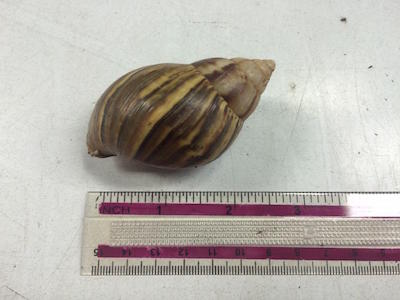The international freight transport insurer TT Club has highlighted the many ways in which heightened cleanliness is required to reduce the movement of pests via cargo and containers. Pests are not only being introduced to the US via cargo, but also via conveyances and commercial shipments and passenger vehicles—as reported by the US Customs and Border Protection. TT highlights the fact that various parties need to do their share to build effective measures to mitigate the transfer of pests. What are the main impacts of failing to do so?

Damage to Native Ecosystems, Plants, and Animals
Every year, invasive species cost the US economy over $1 billion. An example of a costly pest to combat is the emerald ash borer—a destructive wood-boring beetle located in China and eastern Asia. The insect is believed to have made its way to the US via contaminated wood packaging material transported in airplanes or cargo ship from Asia. The emerald ash was first found in the US in 2022, though it is known to have affected ecosystems in 22 states. The insect searches for crevices or gaps beneath the outdoor bark of ash trees, where it deposits its eggs. The larvae that hatch immediately feed on the outer bark through to inner tissue that provides nutrition to the tree. These larvae form galleries in the phloem of the tree, eventually killing the trees and reducing the value of their wood.
Rats, Mice, and Vermin in Cargo Ships
Rats consume their own weight in about a week’s time, rendering any edible goods they attack unfit for consumption. They also destroy packaging, textile, leather, and other materials in their search for nest-building materials. Finally, they can cause damage to electrical goods owing to their affinity for wires. Small, round wires are particularly favored by these rodents, owing to the ease with which they can be held during the chewing process. Gnawed wires can wreak havoc and cause electric fires, which is why companies and homeowners alike take so many measures to prevent rodents from chewing on cables and wires.
Spreading Dangerous Viruses
Invasive species that can be brought into a country during the transportation of goods not only damage plant species, but can also spread disease to animals. For instance, foot and mouth disease can spread very easily and animals can become infected after being exposed to just 10 or more viral particles. These viruses can survive in the soil for over thirty days, and they can be carried for 170 miles through the air. Another harmful disease is Newcastle disease, which kills birds. In one Southern Californian outbreak, this virus spread to poultry operations in California and other states. The cost of depopulating millions of birds amounted to a whopping $181 million.

Snails and Slugs
Snails, slugs, and other gastropods can sometimes hitchhike their way into containers. When they work together, they can cause big disruptions to agricultural operations. In addition to reducing crop quality, they can transmit pathogens to animals and human beings who feed on produce they have contaminated. They can also affect livestock pastures, since animals may refuse to feed on pastures that have been overtaken by slime trails.
It is vital to take a multifaceted approach to the issue of pests being imported and exported in cargo and containers. Pests can impact ecosystems and prove fatal for many plant and animal species. They can also result in the destruction of goods and the spread of viruses to animals and human beings.






